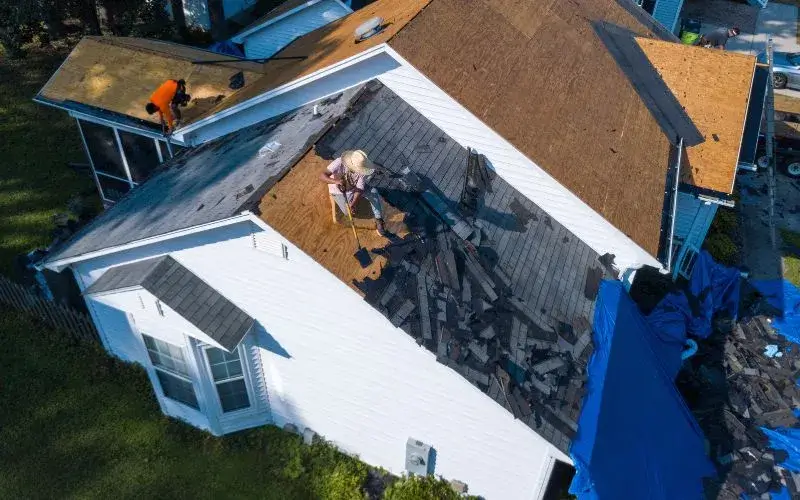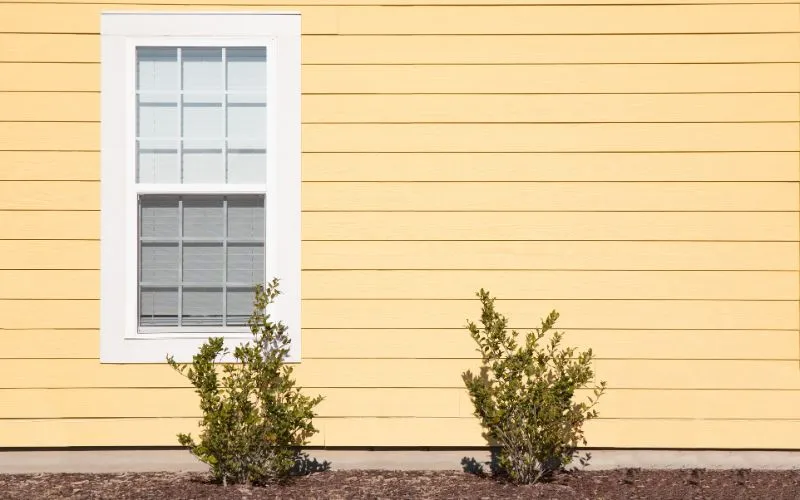Roof Deck Repair Guide 2025: Causes, Solutions, and Costs
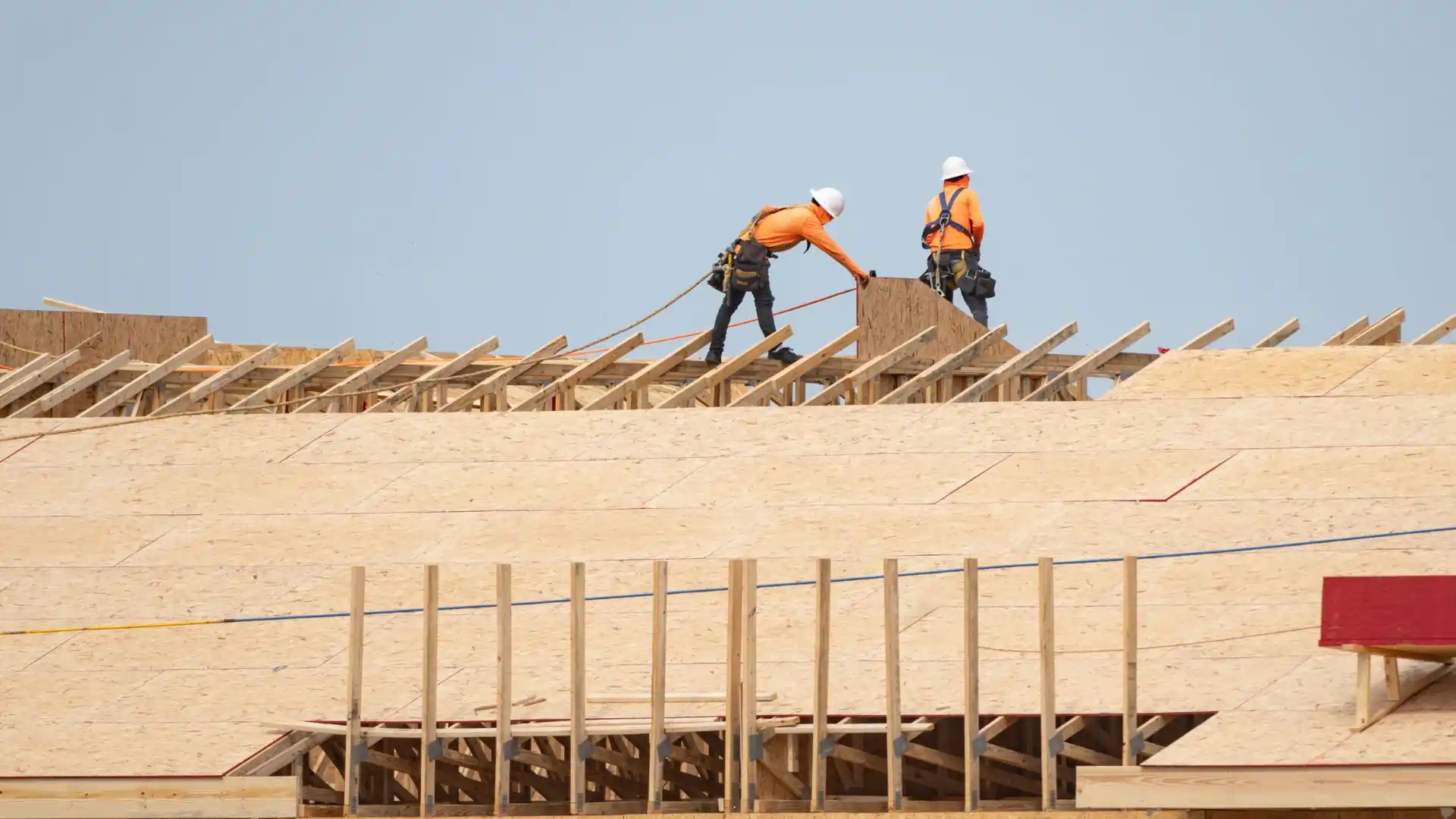
A roof deck, like every other part of your roof, can become damaged over time. Various factors, like extreme weather, ice dams, perforations, improperly installed materials, and missing shingles, can cause roof deck damage. The repair costs for these damages range between $2 and $15 per sq. ft.
Most people know very little about the actual costs of different deck repairs. Even fewer know about DIY roof deck repair techniques. In this repair guide, we'll cover causes, solutions, costs, and the methods of roof deck repairs.
What is a Roof Deck?
A roof deck or roof sheathing is the foundation of your roof beneath the shingles and underlayment. It's the innermost layer of your roof and supports the weight and structure of the other materials. It's one of the most important aspects of every roofing project.
While shingles and other materials take the brunt of the damage, a roof deck props them up and keeps the shingles in place. Roof decks are usually made with Plywood, Oriented Strand Board (OSB), and Metal.
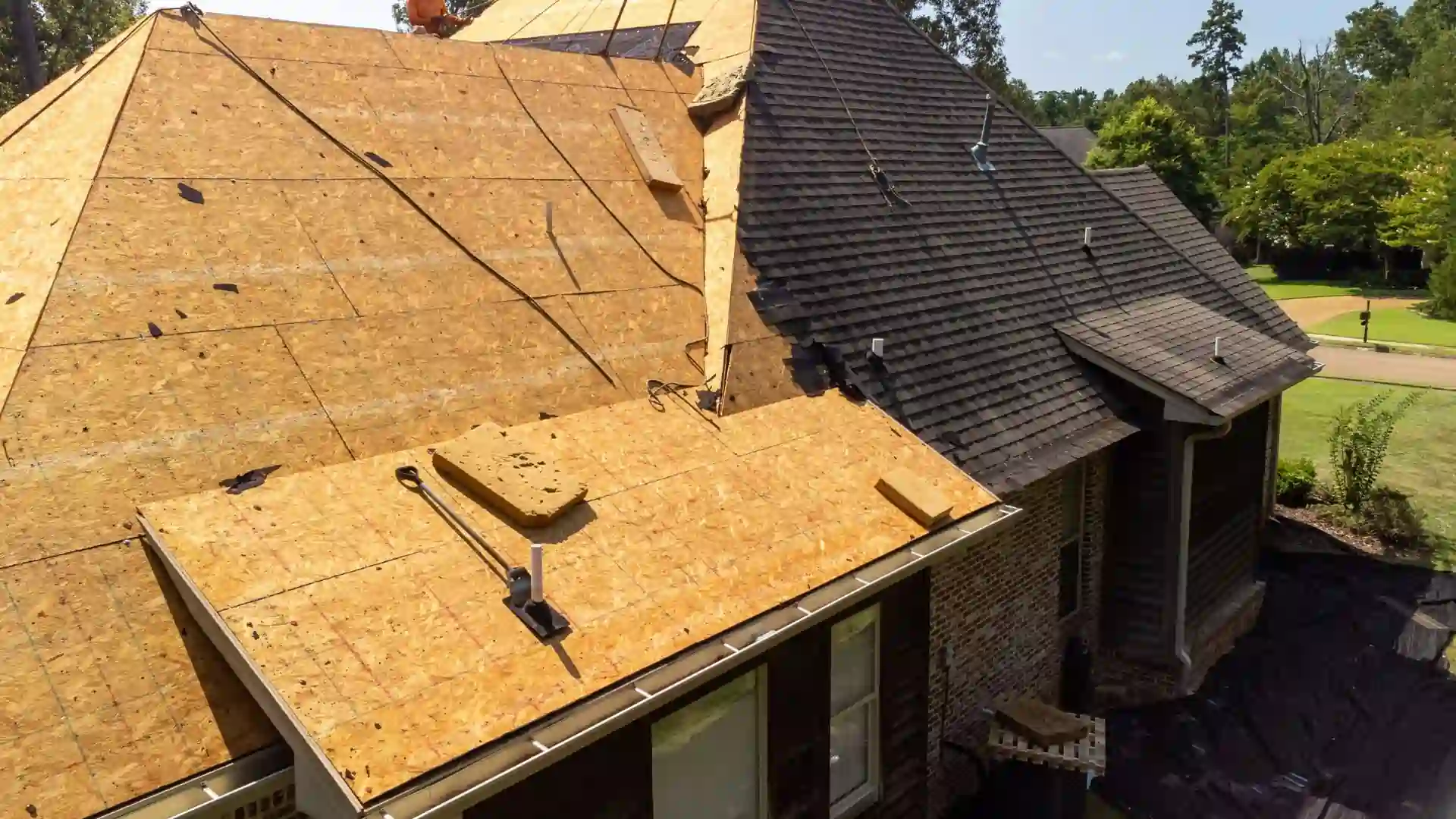
Causes of Roof Deck Damage
Roof decks are not exposed directly to the elements, but they can still incur damage. This happens due to multiple reasons, some of which you can prevent. Here are some common causes of damaged roof decks:
Moisture-Related Deck Damage
Moisture is the most common culprit of roof deck damage. It's also one of the main reasons for rotted decking, which can significantly reduce structural integrity. Here's a brief rundown of how and why moisture can cause deck damage:
- Roof Leaks: Missing shingles, flashing, or other damage can cause roof leaks and water infiltration. This water can perforate the decking and cause damage.
- Poor Ventilation: Your attic becomes a humidity trap when it lacks ventilation. It leads to humidity, condensation, and wood rot.
- Ice Dams: Melted snow freezes at the eaves, forming ice dams. It forces water under the shingles and onto the deck, causing damage.
- Standing Water: Pooled water on a flat roof seeps through the seams and settles on the decking. This can cause extensive damage to the decking.
- High Humidity & Climate: Although not a direct cause, constant dampness accelerates the growth of mold, mildew, and decay. This is more common in areas near the Great Lakes.
Material & Installation Issues
A roof is as strong as the people who have installed it. Improper installation can lead to countless problems with the sheathing and other parts of your roof. Here's a sneak peek at the probable causes for roof deck damage:
- Improper Installation: Incorrect nailing, insufficient underlayment, or improper installation of roof flashing can cause deck damage.
- Inferior Decking Materials: Thin plywood or low-quality OSB swells, delaminates, or softens faster
- Fastener Damage: Overdriven nails, pops, or rusted fasteners create perforations. This can cause extensive damage to the decking.
- Delamination: Layers in plywood and OSB separate when exposed to water. This weakens the surface and causes extensive damage to the roof deck.

Age and Load Issues
Roof decking can lose integrity and durability with time because of natural wear and tear. Ignoring this can cause structural issues and roof cave-ins. Here are some common types of natural decking problems:
- Natural Aging: Wood weakens, softens, and loses load capacity over decades. This can cause nail pops, sagging, and lower load-bearing capacity.
- Heavy Loads: Snow buildup is a common issue in areas like Chicago, especially for roofs with low slopes. This buildup can cause excessive load and stress in the underlying materials.
Roof Deck Repairs and Costs
Roof deck repairs can range from minor to major and even complete replacements. Replacing damaged roofs costs much more compared to minor roof repairs. Here's a brief overview of different roof repairs and their costs per square foot:
- Patching Minor Holes & Cracks: Costs $2.00 to $5.00 per sq. ft.
- Replacing Rotted or Water-Damaged Sections: Costs $4.00 to $12.00 per sq. ft.
- Reinforcing Weak Decking (Sistering/Overlay): Costs $3.00 – $8.00 per sq. ft.
- Structural Repairs to Joists/Rafters: Costs $6.00 to $15.00 per sq. ft.
- Mold & Mildew Treatment: Costs $1.50 to $4.00 per sq. ft.
- Fastener Repairs (Loose Decking): Costs $1.00 to $3.50 per sq. ft.
- Delamination Repairs (Plywood/OSB): Costs $3.50 to $9.00 per sq. ft.
- Fire/Heat-Damaged Deck Repairs: Costs $5.00 to $14.00 per sq. ft.
- Rust & Corrosion Repair (Metal Decks): Costs $4.00 to $10.00 per sq. ft.
- Full Deck Replacement: Costs $7.00 to $20.00 per sq. ft.
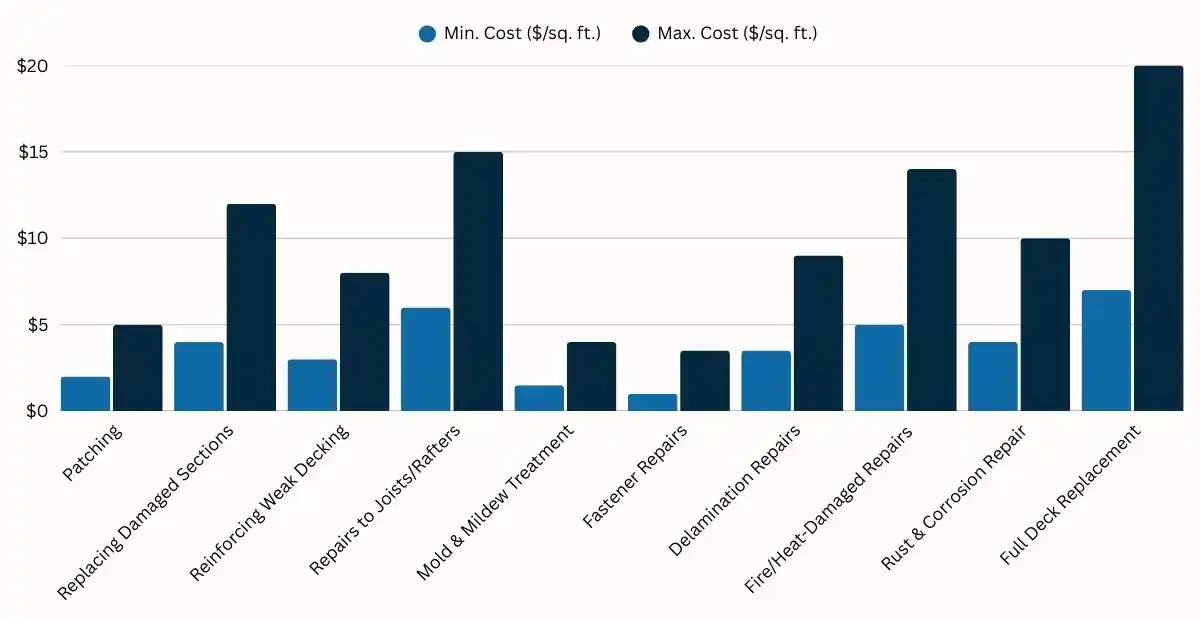
Note: We'll rank each roof deck repair from easy to moderate. You will need some roofing or handyman skills to undertake Moderate to Hard repairs. We recommend hiring a professional roofer for these repairs.
1. Patching Minor Holes & Cracks
Roofs can develop small holes and cracks over time because of hail damage, extreme temperature variances, and other environmental reasons. These are more common in places like Illinois, where weather patterns touch extreme values in summer and winter. Fortunately, small holes and cracks are very easy to fix.
In theory, even a novice can use roofing caulk to get rid of these holes. Realistically, a novice can't identify where or how these cracks are forming. A professional roofer will fill in these gaps, nail pops, or localized damage after identifying the root cause, which prevents similar problems in the future.
DIY Repair Guide for Minor Holes
Difficulty: Easy to Moderate
- Clean the area of debris and dust.
- Fill small cracks with wood filler or epoxy.
- Re-secure loose decking with deck screws.
- Apply roofing adhesive/sealant over patched areas.
- Let it dry fully before reinstalling underlayment/shingles.
2. Replacing Rotted or Water-Damaged Sections
Water-damaged and rotten roof decking is almost impossible to repair. The only possible solution in these cases is to cut out and replace rotted roof decking. After that, you have to replace the removed boards with new materials of the same thickness to restore structural strength.
This is tedious work and certainly not a DIY roofing project. You will need professional roofers who can identify the contaminated decking panels and find the necessary materials to replace them.
DIY Repair Guide for Rotted Sections
Difficulty: Hard
- Remove shingles or the roofing layer above the damaged deck.
- Use a circular saw set to the decking depth (usually 1/2"–3/4") to cut out the rotted panel.
- Cut back to the center of the nearest joist for proper support.
- Remove nails or screws holding the old decking in place.
- Measure and cut a new plywood or OSB piece.
- Lay the new panel flush with the existing decking.
- Secure it with screws or nails every 6 to 8 inches along joists.
3. Reinforcing Weak Decking (Sistering/Overlay)
Sometimes improper installation can lead to compromised areas in your roof deck. This usually happens when roofing is intact but too soft to hold nails or other fasteners. A roofer will attach new boards over the weak areas, which act as cladding.
It is a common roof decking repair for aged houses. Sistering or overlay can be a major or minor repair depending on the extent of the damage. Only a professional roofing contractor can highlight the areas that require sistering.
DIY Repair Guide for Sistering
Difficulty: Hard
- Inspect the roof and find soft spots.
- If the decking is soft but not fully rotten:
- Install a new piece of plywood directly over the weak area (overlay repair).
- OR “sister” new boards alongside weakened joists to provide extra support.
- Secure tightly with deck screws.
4. Structural Repairs to Joists/Rafters
Joists are the horizontal support strips that run between the walls to support beams. These are vital to maintain the structure of your roof. Excessive moisture can cause moisture damage to spread to the joists or rafters.
If the damage has spread beyond the deck panels, the underlying rafters will require reinforcement or replacement. This is a major repair and might even require a roof replacement or a new roof installation. This is a necessary repair that homeowners must undertake to prevent sagging and roof collapses.
DIY Repair Guide for Structural Repairs
Difficulty: Expert
You should contact a roofing company for structural repairs. DIY repairs could lead to more deterioration and health hazards. Don't know where to start? Contact us today for a free estimate.
5. Mold & Mildew Treatment
Roof decking may develop mold or mildew because of constant moisture and roof leaks. The worst thing about this is that the mold spreads to other vulnerable materials in the house. Excessive mold growth can also cause skin infections and breathing problems.
You have to treat the decking with fungicides or bleach to eradicate the mold. This is a necessary procedure to prevent further roof damage and mold growth. You might have to replace the whole decking if the mold has deteriorated everything.
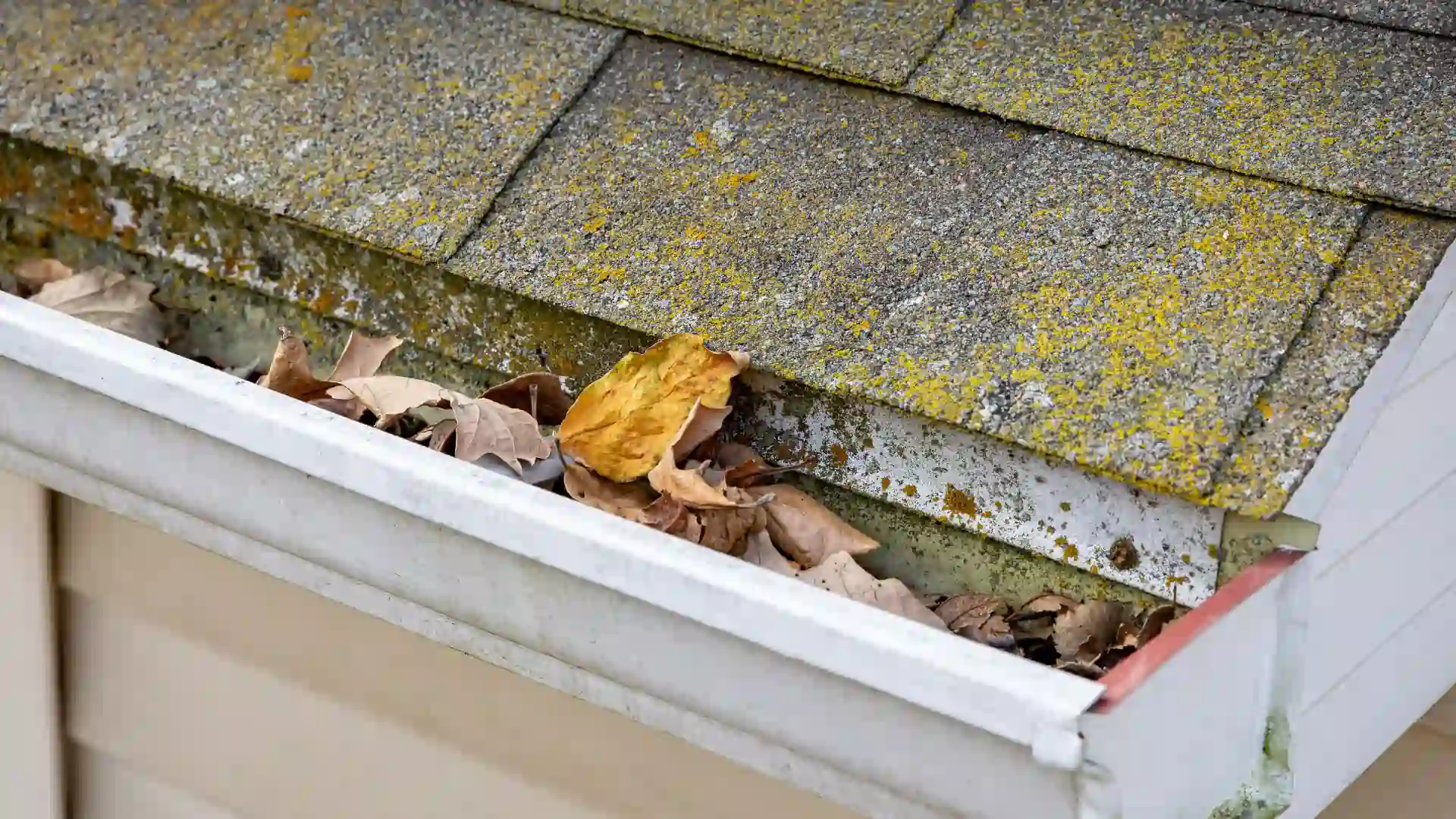
DIY Repair Guide for Mold & Mildew
Difficulty: Moderate to Hard
- Mix 1 part bleach : 3 parts water solution or a fungicidal wash.
- Scrub the decking with the solution.
- Let the decking dry completely.
- Apply a mold-resistant wood primer to protect the decking.
6. Fastener Repairs
Loose fasteners can cause perforations and water penetration. Water can settle on the decking, causing sags, mold, and other damage. While it may seem inconsequential, loose fasteners can compromise the integrity of your roof.
You have to re-secure loose decking with screws or nails. It will prevent squeaking, movement, and weak spots under shingles or membranes. This is one of the smaller roof deck repairs, with lower repair costs.
DIY Repair Guide for Fasteners
Difficulty: Hard to Expert
Fastener repairs are quite hard for novices and DIY roofing projects. You'll need expert knowledge and real-life roofing experience to understand where and how to alter or change the fasteners.
7. Delamination Repairs (for Plywood/OSB)
Plywood and OSB are thin panels glued together. Water expands the plywood and OSB, causing the layers to separate. This reduces their load-bearing capacity, causes slippage, and lowers durability.
One indicator of this is uneven bumps on your roof. You will have to replace the areas where the layers of plywood or OSB have separated due to water damage. This ensures a smooth and even surface for roofing materials.
DIY Repair Guide for Delamination
Difficulty: Expert
You can not repair delamination by yourself. You'll need a crew of roofing experts to identify, repair, or replace the decking materials. You will need to contact a professional roofing company to fix this problem.
8. Fire/Heat-Damaged Deck Repairs
Wildfires are quite frequent in dry forested areas. Even if your house hasn't ever experienced heat, consistent exposure to extreme temperatures can damage the decking. Chimney leaks can also cause charring and scarring.
The only way to fix this issue is to cut out and replace charred or heat-compromised decking. Sometimes, a roof repair might not even be enough to fix the decking. You might have to tear out the previous decking and replace it with a new one.
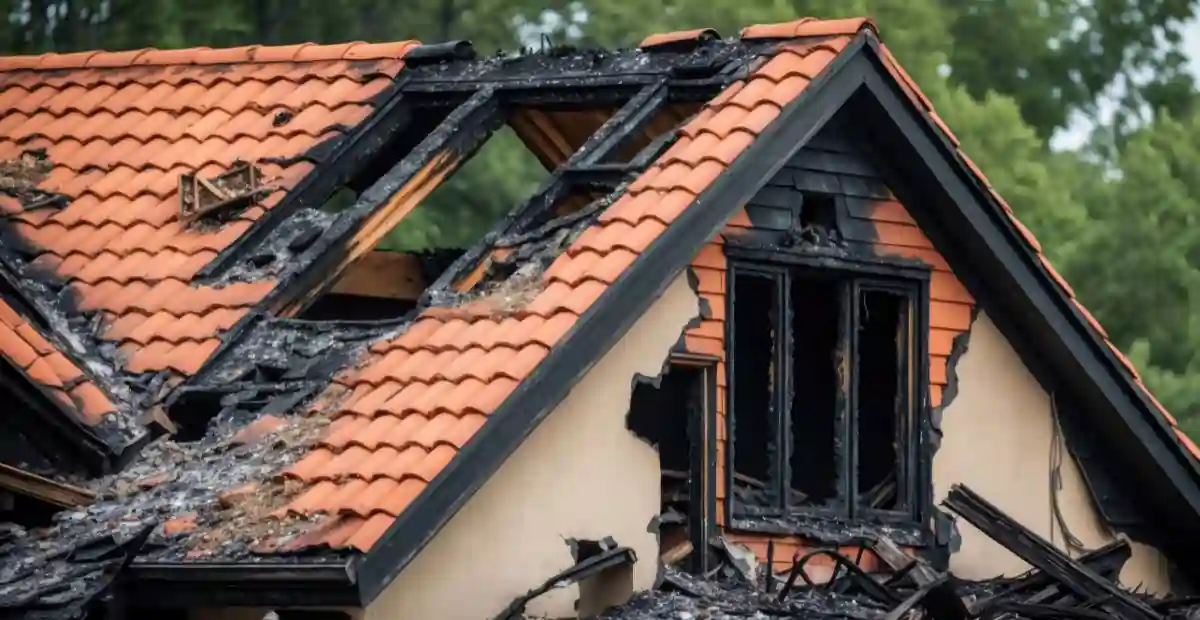
DIY Repair Guide for Fire or Charred Deck
Difficulty: Moderate to Hard
- Identify the charred areas (usually around the chimney).
- Find materials of the same width and quality.
- Cut out and replace affected decking with new panels.
- Fasten the new decking panels with screws and nails.
9. Rust & Corrosion Repair (Metal Decks)
Metal decks can accumulate rust after prolonged exposure to humidity. This phenomenon occurs more frequently in areas with higher humidity. Unfortunately, metal decking is much harder to remove.
It's more affordable to remove the rusted areas and reinforce the affected areas with steel patches or welding. Another thing that roofers do is apply rust-proof coatings to extend the life of the deck.
DIY Repair Guide for Rust Repair
Difficulty: Moderate to Hard
- Identify affected areas (near eaves and rake).
- Wire-brush the rust.
- Apply rust converter or primer.
- Patch with a new metal section if needed.
10. Full Deck Replacement
You'll have to replace the whole decking if more than 30 to 40% of the decking is damaged. In these cases, replacing damaged decking is just as costly as installing a new deck. The only way to know when you'll need a new deck is through a roof inspection.
An average decking has a lifespan of 15 to 30 years. However, various factors like climate, weather, and material can decrease the lifespan of a roofing deck. That's why you should arrange regular inspections to gauge the integrity of your roof.
DIY Guide for Full Deck Replacement
Difficulty: Expert
Full deck replacements are large-scale projects that are impossible to undertake individually. You'll need sophisticated tools, material knowledge, structural information, and safety materials. Furthermore, you will need a license to do deck replacements.
Factors Affecting Roof Deck Repairs
The costs can increase or decrease depending on the work that the roofer has to do, which correlates to the materials and type of roof. Here's what we mean:
Roof Slope
Steep roofs are harder to repair, which increases labor costs and the total cost. The steeper a roof is, the higher its repair costs will be. This factor also applies to other procedures, like roof replacement costs.
Roof structure can also impact the cost of decking. For example, Mansard and Gable roofs are more complex with variable elevations. Flat roof decking is the cheapest to replace because of its 0-degree slope.
Roof Size
The size of a roof is directly correlated to the cost of a roof decking repair or replacement. The cost of roof deck repair is measured in dollars per square foot. So, if one roof is 1000 sq. ft and another is $2000 sq. ft, they will cost $4000 to $8000 at $4 per sq. ft. rate.
Roof Deck Material
The type of decking material you use impacts the overall cost of a replacement or repair. Here's a look at different roof deck materials, their lifespans, and cost per sq. ft.
- Plywood (Lifespan of 20 to 30 years): Costs $2.50 to $5.00 per sq. ft.
- Oriented Strand Board (Lifespan of 15 to 25 years): Costs $2.00 to $4.50 per sq. ft.
- Tongue & Groove Planks (Lifespan of 30 to 40 years): Costs $4.50 to $8.00 per sq. ft.
- Reinforced Concrete Slab (Lifespan of 50 to 75 years): Costs $8.00 to $14.00 per sq. ft.
- LWIC (Lifespan of 30 to 40 years): Costs $6.00 to $10.00 per sq. ft.
- Corrugated Steel Deck (Lifespan of 40 to 60 years): Costs $5.00 to $9.00 per sq. ft.
- Aluminum Deck Panels (Lifespan of 50+ years): Costs $6.00 to $12.00 per sq. ft.
- Composite Deck Panels (Lifespan of 30 to 50 years): Cost $7.00 to $12.00 per sq. ft.
- Structural Insulated Panels (Lifespan of 30 to 50 years): Costs $8.00 to $15.00 per sq. ft.

As a general rule of thumb, plywood is one of the most affordable roof decking options. Reinforced concrete offers the longest lifespan, and the structural insulated panels (SIPs) offer the best value for investment.
FAQs on Roof Deck Repairs
How much does roof decking cost?
A roof deck costs between $2 and $5 per square foot for materials and labor. For a small to average mid-sized US house, this equates to a total cost of $2400 or $8500 per roof. Factors like roof slope, materials, and labor can affect the cost of a roof decking.
What is the recommended material for roof decking?
Plywood is one of the best materials for roof decking. It's more affordable than other materials and offers great insulation and energy efficiency. Plywood is also very durable and has great load-bearing capacity.
How often should you get a roof inspection?
You should arrange at least one roof inspection per year, especially before or after a rainy season. Most roof problems occur after heavy rain, snow, or hail spells. It might not even seem visible at that moment, but it can cause problems down the road.
Bottom Line on Roof Deck Repair
The average cost of roof deck repairs ranges between $2 and $15 per square foot. The costs for these repairs can change based on material, extent of decking damage, roof size, and steepness. Most of these repairs require roofing skills, making them inadequate for DIY repairs.
The strength of your roof is defined by the skill of the people who install it. That's why you need the best roof decking repair company. We have been replacing roofs and deckings in Illinois for the past 15 years.
We fix, replace, upgrade, and improve roof deckings at the most affordable rates. You won't get overcharged or delayed because we do everything within a few days at most. Contact us today to get your roofing decking repaired.



